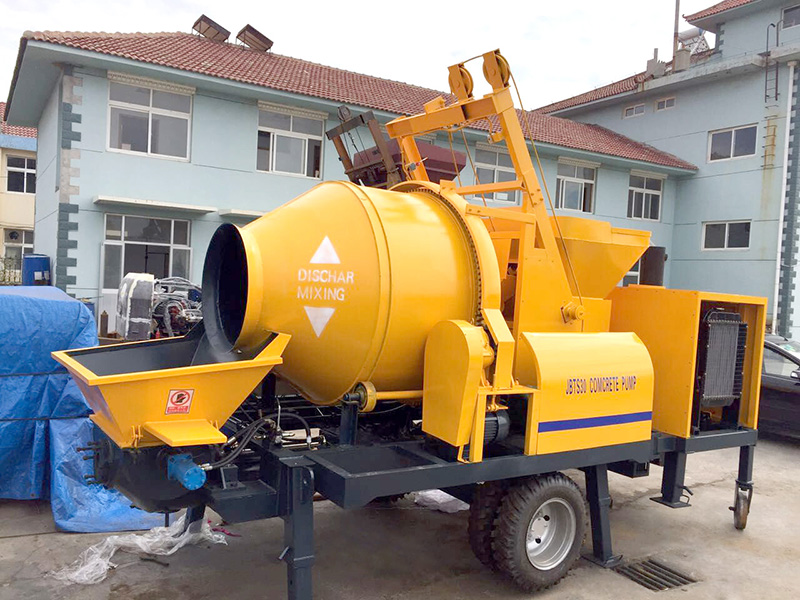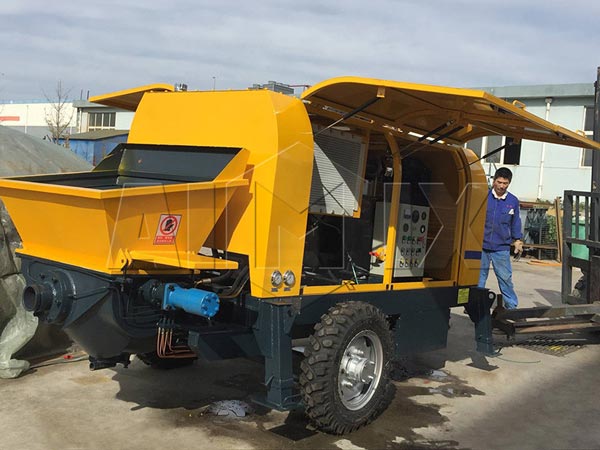Construction is one industry that is almost always in demand. It is a booming industry that is predicted to only increase over the next decade. According to economic experts, most of the global urban areas experience a population increase of over 100,000 people each day. Once these people arrive to these areas, they will need such services as housing, schools, infrastructure, medical facilities, grocers and more. With no apparent end in sight to the global urban population growth, it is safe to say that construction laborers and contractors will be in high demand for years to come.
In the construction industry, there are two benefits that are at a premium. These two benefits are reliability and efficiency. Unfortunately, the more complex a construction project is, the easier it is for contractors and laborers to fall behind. It is estimated that over 95% of large construction projects go through delays and go over budget.

In fact, the average delay for the completion of larger construction projects is 20 months. That means that almost all of the large scale construction projects are delayed by almost two years.
To prevent these types of time management and efficiency issues, it is important that these projects are completed with the highest quality and most efficient machinery that is available. So, when considering concrete pouring, concrete pumps offer huge benefits in terms of ease of use and efficiency.
Understanding Concrete Pumping, How Concrete Pump Works?

What are concrete pumps? This is a piece of construction equipment that is frequently used to transfer liquid concrete that is freshly mixed to the work site where it will be poured. This machine is able to do this because of a hydraulics and a valve system.
When a contractor needs concrete, a mixing truck mixes the concrete first. This process occurs within the truck’s rotating drum. The truck then starts to pour liquid into the hopper.
The hopper continues to churn the liquid concrete so it will not harden. After that, the concrete pump draws the liquid from the hopper, into a valve system and finally into the location where it is needed. If necessary, auxiliary hoses are used to facilitate the process.
What Are The Various Types Of Cement Pumps?
When it comes to concrete pumps, there are two basic types – boom pumps and line pumps. Boom pumps extend into the air in order to pump concrete to its required location.
This type of concrete pump has one flexible, long arm that is remote-controlled. This arm is made of sections. The sections allow the arm to extend into the air similar to a crane.
Boom pumps are often used to reach areas that are too difficult to reach with a line pump.

On the other hand, concrete line pumps concrete into hose that are around ground level. The line pump continues adding liquid concrete into the hose until the concrete arrives at its required destination.
These hoses are very flexible and they are able to ‘snake’ around houses and through tight spaces where the concrete truck may not be able to access.
As construction continues to grow at exponential rates, there will be an increased need for high quality construction equipment. Concrete pumps provide a faster and more efficient way to transport concrete.